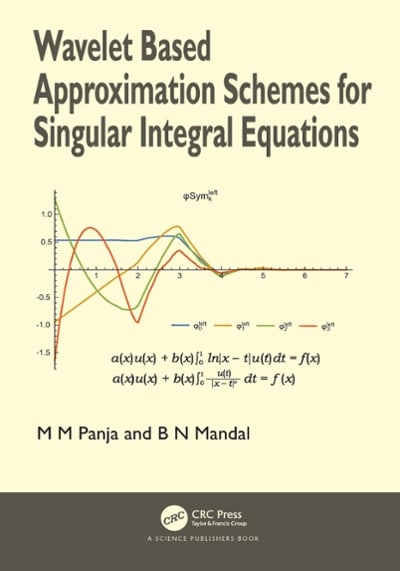Question
Problem 10: Read the studies described below and answer the following questions. (Study 1) Researchers collected data to examine the relationship between pollutants and preterm
Problem 10:
Read the studies described below and answer the following questions.
(Study 1) Researchers collected data to examine the relationship between pollutants
and preterm births in Southern California. During the study air pollution levels were
measured by air quality monitoring stations. Specifically, levels of carbon monoxide
were recorded in parts per million, nitrogen dioxide and ozone in parts per hundred
million, and coarse particulate matter (PM10) in
g/m3. Length of gestation data
were collected on 143,196 births between the years 1989 and 1993, and air pollution
exposure during gestation was calculated for each birth. The analysis suggested that
increased ambient PM10 and, to a lesser degree, CO concentrations may be associated
with the occurrence of preterm births.
(Study 2) The Buteyko method is a shallow breathing technique developed by Kon-
stantin Buteyko, a Russian doctor, in 1952. Anecdotal evidence suggests that the
Buteyko method can reduce asthma symptoms and improve quality of life. In a sci-
entific study to determine the effectiveness of this method, researchers recruited 600
1
STAT 3011, Fall 2021
asthma patients aged 18-69 who relied on medication for asthma treatment. These
patients were split into two research groups: one practiced the Buteyko method and
the other did not. Patients were scored on quality of life, activity, asthma symptoms,
and medication reduction on a scale from 0 to 10. On average, the participants in
the Buteyko group experienced a significant reduction in asthma symptoms and an
improvement in quality of life.
a) What is the type of each study?
b) What is the sample of each study?
c) What is the type of sample? Select from
{
random sample, convenient sample,
volunteer sample, or unknown
}
d) What are the explanatory variable and response variable of each study?
e) Based on the descriptions given, can we establish causal relationships between the
explanatory variable and response variable in each study?
Step by Step Solution
There are 3 Steps involved in it
Step: 1

Get Instant Access to Expert-Tailored Solutions
See step-by-step solutions with expert insights and AI powered tools for academic success
Step: 2

Step: 3

Ace Your Homework with AI
Get the answers you need in no time with our AI-driven, step-by-step assistance
Get Started


